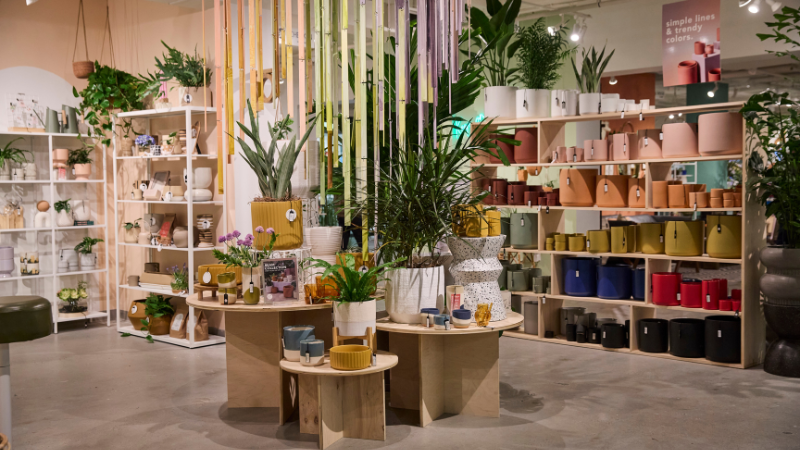
Merchandising tips for selling more pottery and containers
From colorful and metallic glazes to new textures and finishes, four pottery and container suppliers share what’s trending and tips on how garden centers can sell more of this essential product category.
L&GR: What trends are you seeing in pottery and containers?
Greg Bain, director of business development, Ceramo: The trends we are seeing in the garden center industry with pots and planters vary depending on the market. Urban/affluent markets favor a more modern style with simple shapes, sleek designs and basic colors such as blue, green, black, white and gray. The preference for rural markets seems to be more traditional styles with ornate designs and brighter colors. Terracotta continues to be a staple in every garden center. Customers are always drawn to the glossy powder-coated pots and classic charm of traditional clay pots. We’ve noticed a demand for larger, taller planters and self-watering pots as well.
Despite the trends, the most essential thing is knowing the needs of your customers. Independent garden centers often serve loyal communities and customer bases who appreciate a diverse selection of high-quality pots and planters not typically found in retail chains. Tailoring your offering to match the local style and preferences of your specific area is most important when making your purchasing decisions.
Rachel du Bois, business development manager, Avera Products: We have been seeing lots of color and textures over the last year. Monochromatic pot-and-saucer duos have been the name of the game for the last two seasons and that doesn’t seem to be going away. Greens and blues have always been a go-to, but I think the younger plant moms and dads are looking for striking and bold hues.
Ashley Goldman, marketing director, Anamese Garden + Home: More vibrancy and warmth!
Becky Hillis, creative director, Accent Decor: While terracotta is not a trend by any means, it’s always classic and timeless for indoor and outdoor planters. We are seeing a shift in the different textures and finishes of terracotta. It’s exciting to see variation outside of just the smooth and expected silhouettes, with brighter pots, like our Lerato, and more modern in shapes and tones, like our Mittani, Nellie and Anaheim pots.
We’re also creating more planters with plugs, which increase versatility, especially if you are sourcing for hospitality or interiors — there’s no need to add a tray.
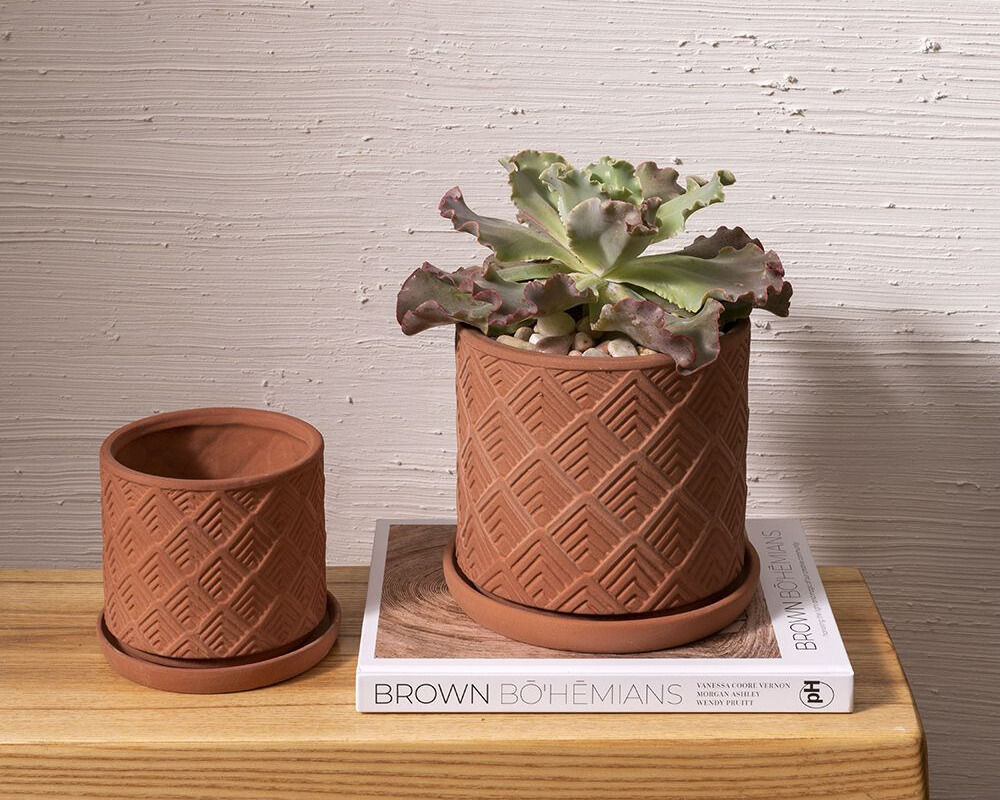
L&GR: How have these trends changed over the past few years?
Goldman: Over the past two to three years, unglazed pottery has surged in popularity, infusing homes and gardens with inviting warmth. However, there’s now a growing desire to elevate the natural allure of unglazed pottery. Introducing metallic glazes like graphite, Heavy Metal and Luna not only enrich the grounded palette but also infuse a sense of luxury. Moreover, colors are making a comeback, particularly blue. Two years ago, Paris was awash with every imaginable shade of blue, from earthy tones to icy hues, and now we’re finally witnessing this resurgence here.
Hillis: Our customers have shared an emphasis on lightweight products without compromising aesthetic or quality.
L&GR: What is your bestseller? Why do you think it’s performing so well?
Bain: Our bestseller remains our large selection of German terracotta, which includes red clay, dark basalt marbled clay, a very distinguished white granite marbled clay, and our glossy, colorful powder-coated pots. I believe these collections continue to perform year after year because the end consumer ultimately shops at independent garden centers to find better-quality products at a better value than what you would find in big box stores. We truly believe our German clay is the best in the industry. These pots are made from natural clay resources and are high fired for durability, less chipping and cracking, and a smooth, more consistent, beautiful finish. It is quality you can easily see and feel when comparing them to most Italian clay pots typically found in the big box stores. Our customers value this superior quality, as it leads to fewer instances of breakage, ultimately resulting in higher sell-through rates and better profits.
du Bois: Historically, our bestsellers have been our wood barrels from our Avera Products line and terrariums from the Syndicate Sales line. We have seen an increase in our hand-painted Talavera based on the new patterns we have been introducing.
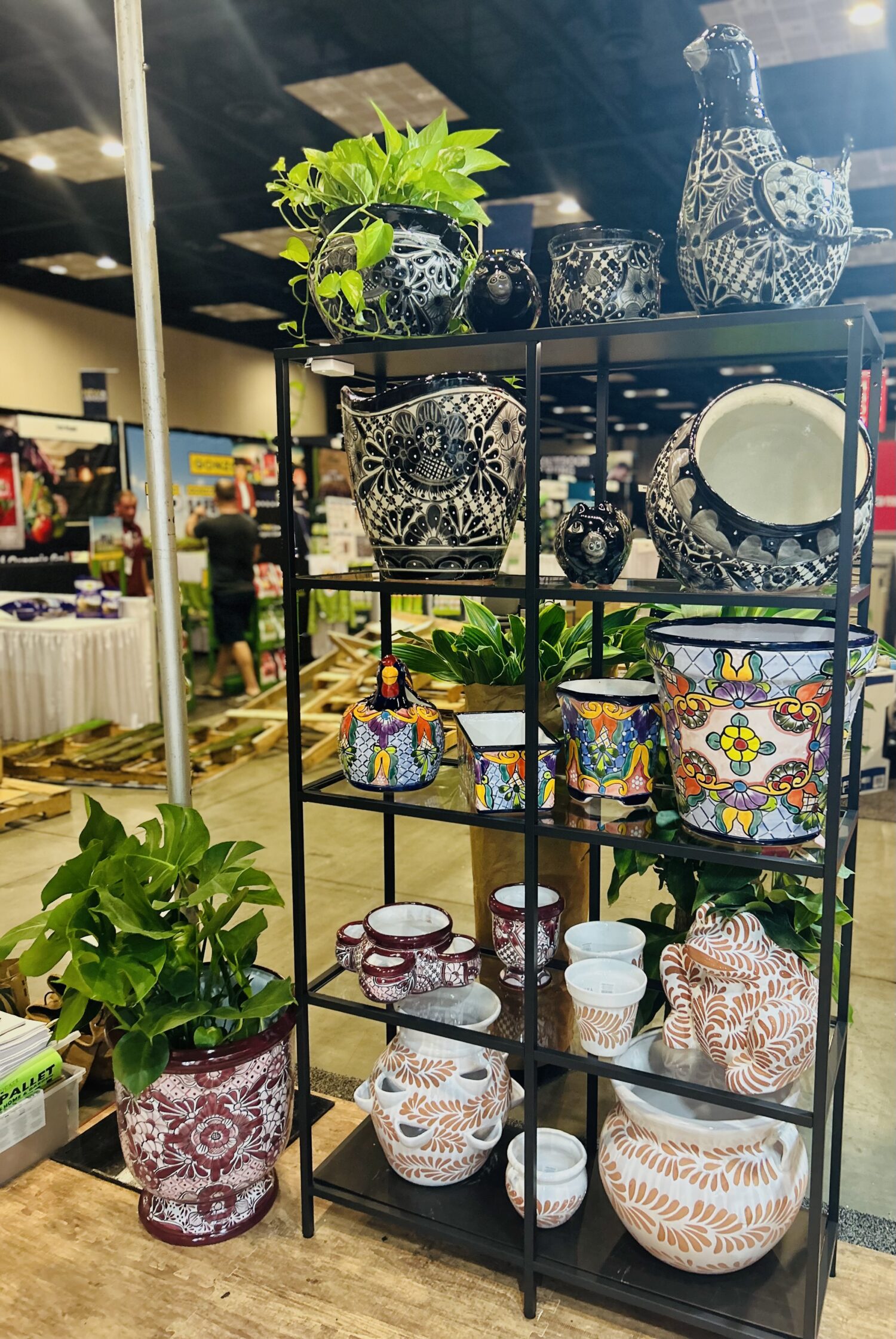
Goldman: Our top-performing glaze, Malachite, stands out as a perennial favorite. Far from being a passing trend, Malachite has consistently captivated customers for years with its distinctive color, exclusive to Anamese. Following closely behind is our Vietnamese Unglazed collection, which has maintained its status as a bestseller for two to three years, reflecting the enduring popularity of earthy aesthetics.
Hillis: Having just wrapped Atlanta and Vegas markets, our newly expanded Beam collection was a great success across the board. Beam comes in drop-in friendly sizes, and two sizes of low bowls for succulents, etc., with its fluted exterior and matte finish. These products are at a great price point and are a volume driver for our customers.
L&GR: Do you provide fixtures/displays for your pottery products? How do garden centers use them?
Bain: Yes, we currently offer six pallet displays. We look to make ordering decisions easy for our customers. Our pallet assortments are carefully crafted with the most popular styles, shapes and colors of German terracotta. Meticulous packaging ensures minimal breakage and streamlines setup, saving our customers time and effort. The pallets are a visual draw for customers and are stocked with high sell-through items to maximize profits. The true beauty of these displays is that our products can be showcased without requiring retail space on the garden center shelves. The wood rack can be positioned anywhere in their stores, allowing customers to have fun mixing and matching the variety of pots.
du Bois: We provide assortments with wood racks included, standalone wire displays for our hanging basket windchimes, and cardboard countertop displays for our mini planter and mister assortments. Retailers love them because there is no display guesswork — just unpack and place the merchandise.
Hillis: While we do not provide fixtures or displays for our customers, we do curate inspirational displays in our showrooms and provide lifestyle photography that we hope provides ideas to our customers both in person or via our website and catalogs.
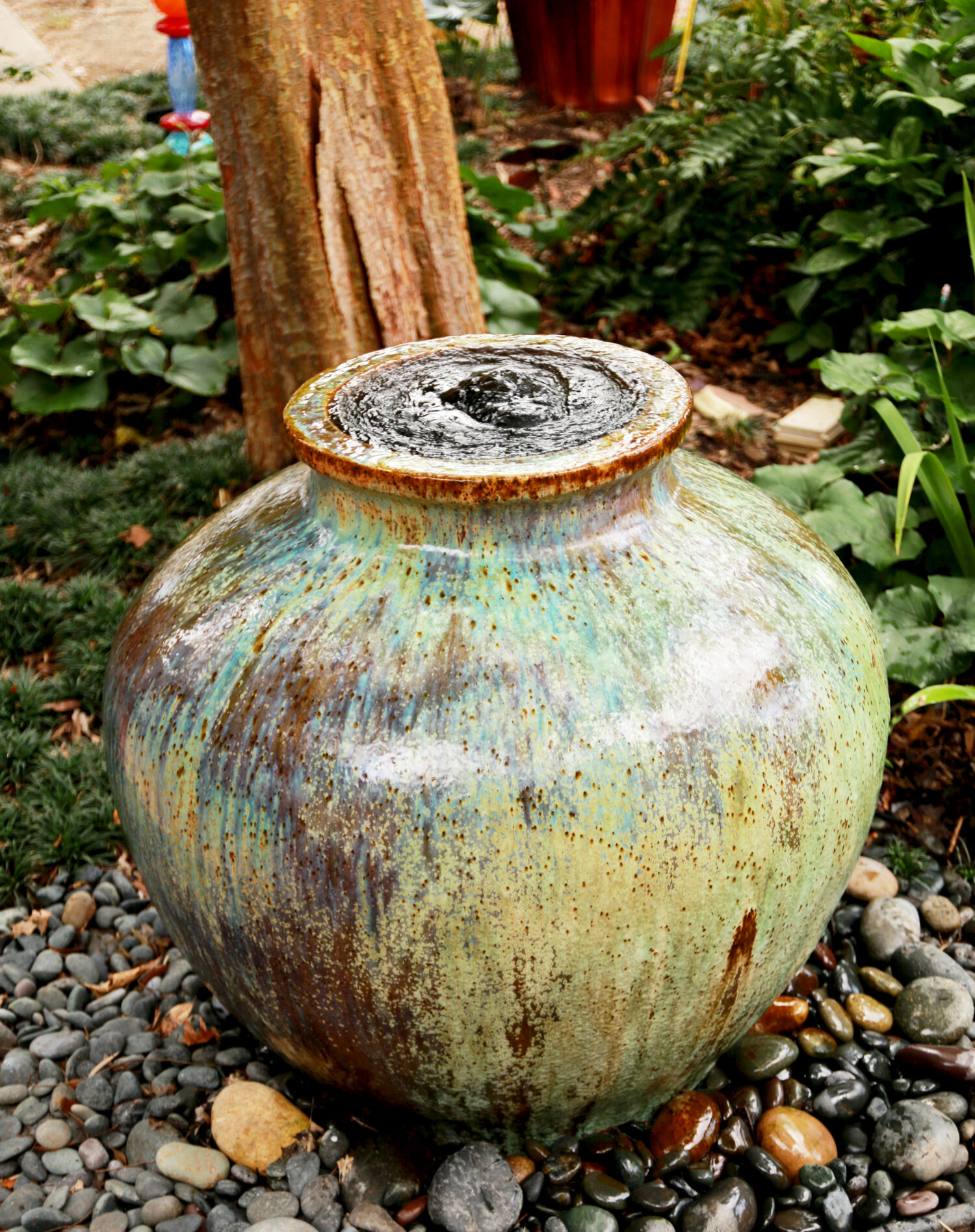
L&GR: What merchandising tips can garden centers use to sell more pottery and containers?
Bain: It’s important to keep in mind that customers cannot always visualize the end result in their homes. It is essential for garden centers to creatively showcase the beauty of these products by featuring them with flowers and plants in the pots throughout the store, not just stacked on a display. Mixing and matching colors, shapes and styles in groupings — as one might arrange in their home — helps customers envision combinations together, potentially extending their purchase. Offering a diverse range of high-quality pots in various colors, styles, shapes and materials ensures their store remains a one-stop shop for their customers’ needs. We offer planograms and pallet assortments to make ordering and merchandising decisions easy for our garden centers. These options are quick to set up, provide a visually appealing way to display products on their shelving or on the provided pallet with the pallet assortments, and include the most popular items that can easily generate sales and increase profits.
du Bois: Color on color — customers love to be wowed! Coordinating drop-in plants into the display is also a must. Customers want to be inspired, and a little hand holding never hurts.
Goldman: We consistently encourage retailers to incorporate planted pots into their displays. Doing so not only inspires customers, but also creates a more approachable buying experience. Additionally, mixing different glazes and styles allows customers to envision displays in their own gardens, fostering a deeper connection with the products.
Hillis: When in doubt, color it out! A great starting point for visual merchandising is gathering like colors — either monochromatic or ombre — which allows the customer to appreciate variety, scale, color and texture. Rule of thumb: Make sure shelves and fixtures are always well-stocked, fresh and tidy. Presentation is key.
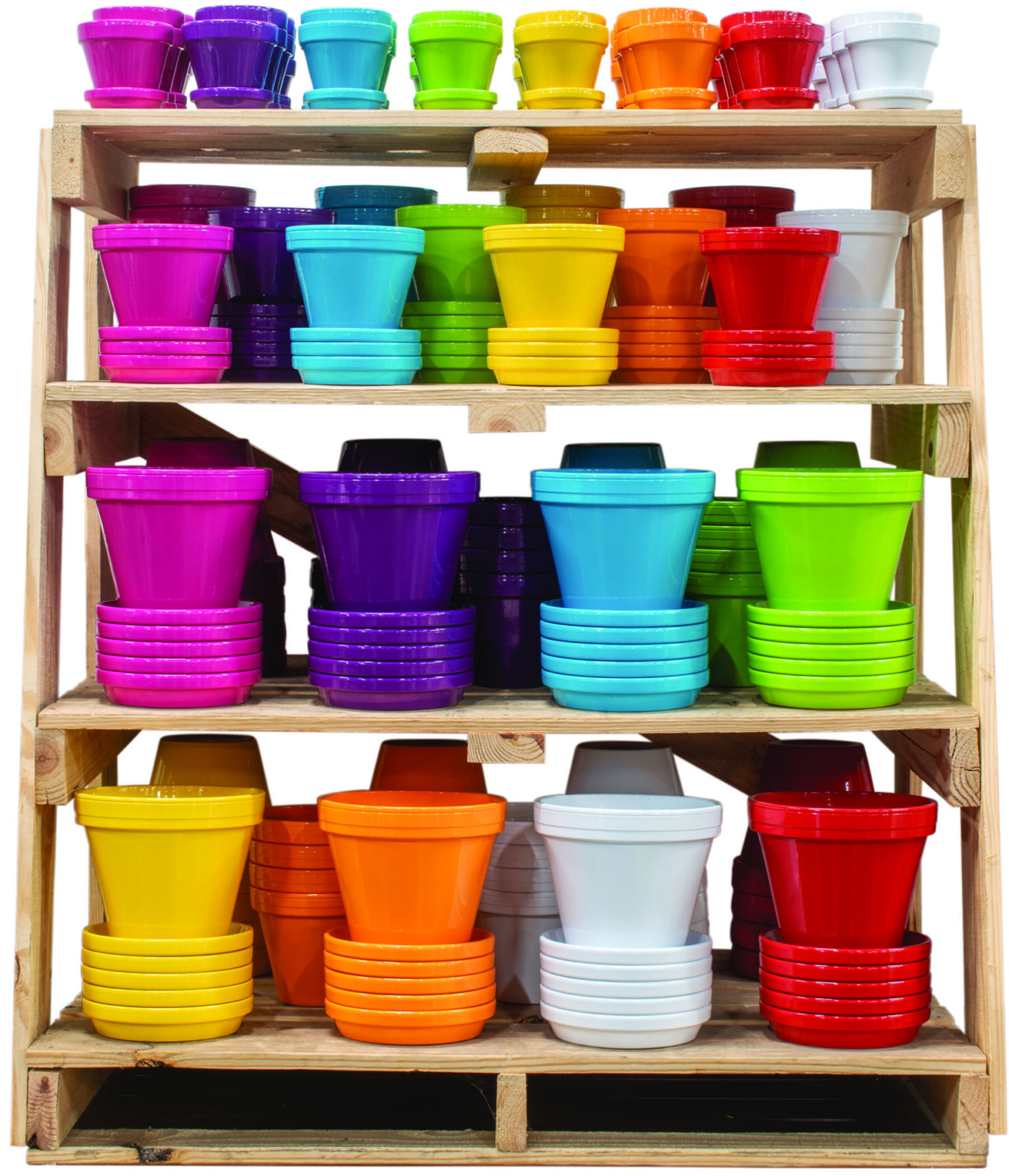
L&GR: What can IGCs do to differentiate from the big box stores with their pottery and containers?
Bain: The consumer who shops at IGCs enjoys gardening, caring for plants and flowers, and taking pride in the growth they’ve nurtured. They seek the perfect “home” to feature what they have cultivated. A distinctive, high-quality pot or planter in just the right shape and color is the best way to accentuate this growth and beauty, and is something customers will not find in a big box store. The topmost way to differentiate from big box stores is through a diverse, high-quality product offering. My advice for IGC owners is to research the products offered by the big boxes and choose alternatives that provide higher quality, more unique styles, colors, shapes and materials — pottery that a plant lover will find worthy of their efforts.
du Bois: IGCs have the freedom to curate lots of different specialized products. Smaller stores can buy with intention and really tell the product’s story. Creating themes throughout the store sells!
Goldman: We believe it’s by remaining steadfast to the fundamentals: quality, durability and design. These core values represent significant points of differentiation that truly set independent garden centers apart.
Hillis: Aside from our high-quality pieces at attainable prices, one of the many benefits of shopping with us is that we have an internal design team, so many of our outdoor and garden products are unique to us. Our dedicated sales team makes an effort to get to know our customers in order to create the best assortment for their clients and consumers.
For an enhanced reading experience, view this article in our digital edition.

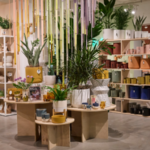
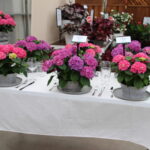
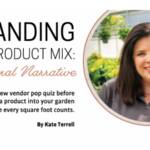
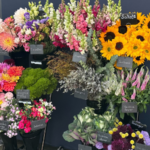

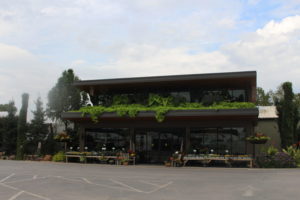
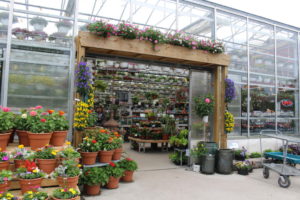
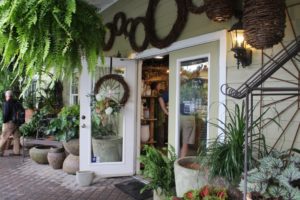
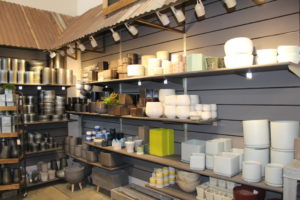
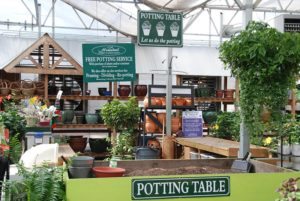
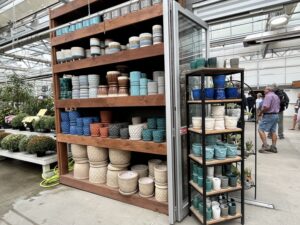
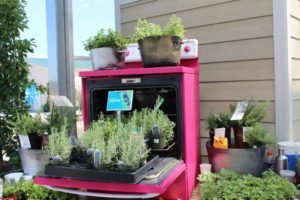
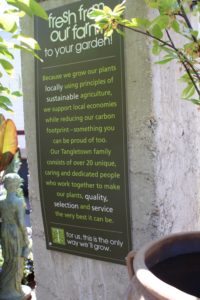
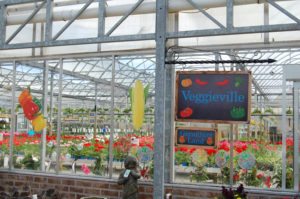
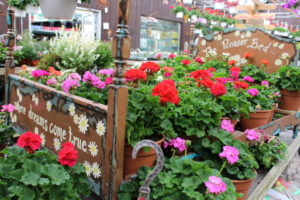
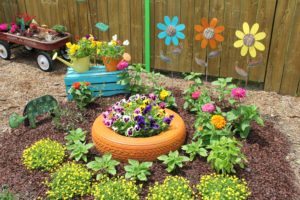
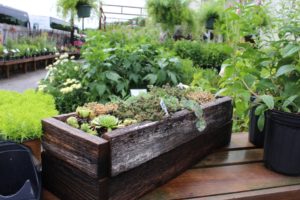
 Videos
Videos





